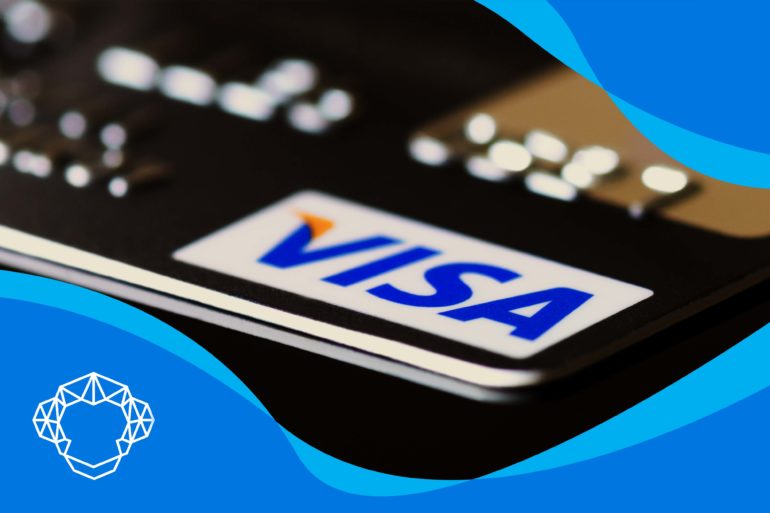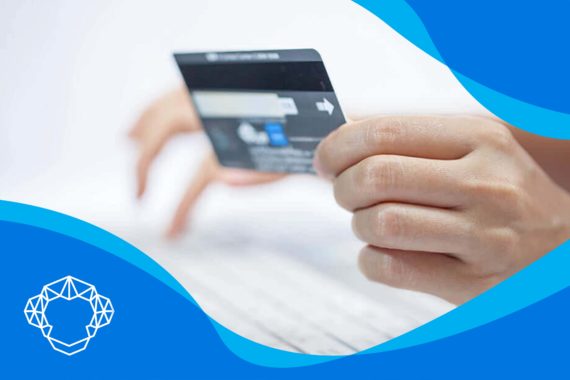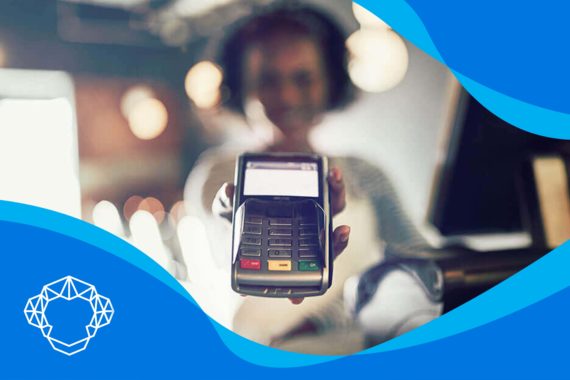Assessments are the way for card brands to earn money from transactions, and they get charged with every transaction as one of three components of cost. There are many fees included within that price, and one of them is the access fee. So, what is a Visa access fee? It might be small, but it’s an important part of assessments that go to brands such as Visa or Mastercard.
Let’s Start With the Definition of Assessment Fees
The assessment fee, which is also known as card brand fee, is how Visa, Mastercard, or some other large brand makes their money. They are typically small (often fractions of a penny), but every business owner should know that they are changed periodically by the brands. Be aware that assessments may be charged differently depending on the pricing model you have. Some models, such as the bundled one, give your processor more control to manipulate, but some pricing models, the interchange-plus pricing model, for example, leave everything transparent.
Assessments are a Part of Total Credit Card Processing Fees
And they’re not alone. Other parts of total credit card processing fees are interchange fees and markup. Assessments and interchange fees are non-negotiable, and you can’t avoid them. It means that they are the same for all processors of credit cards, and every deal you get from a processor will be the same. Interchange goes to the issuing bank or entity, and assessments go to brands such as Visa, Mastercard, and Discover. Markup goes to processors, and it is negotiable. So, every time your clients pay you with plastic, there will be these three aspects. Out of the three, interchange makes the biggest portion of processing expenses. There may be some merchants that didn’t know that assessments and interchange fees aren’t the same thing because they are considered part of the “wholesale” cost of card processing, as opposed to the markup.
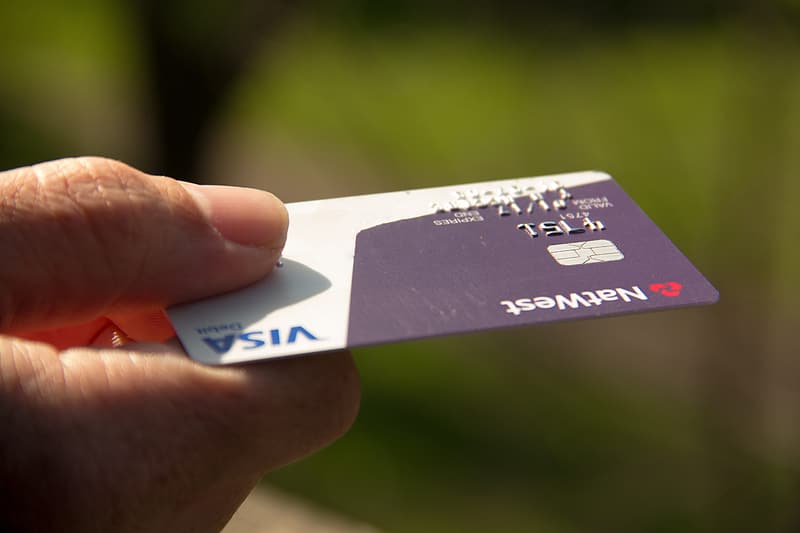
Why are Assessments Confusing or Complicated for Merchants?
There are some reasons for this possible puzzle, and most of them have something to do with transparency. To start, there is the problem that you can’t call the brand and ask about the fees at any point. They will tell you to call your merchant service provider (MSP) to answer any questions because providers calculate them. They also pass them through, and the brand can only rely on them.
The percentage of fees change. They might increase, decrease (very rarely), and sometimes one of them is eliminated and/or replaced with another. The changes that happen are often confusing because they aren’t changed at the same time, or a brand new one that you’ve never heard of might appear.
These fees also have many names, and they can be hard to match with the statement your MSP gave to you. They’re not displayed on the websites of brands, while interchange tables are. You can just visit Visa and Mastercard websites and see transparently what their fees are, while Discover and American Express don’t publish their tables. AmEx doesn’t even call assessments the same as other brands, but they do function similarly.
The assessments are rarely separated in the statements, so it can happen that a couple of them are combined in a group, which makes it hard to identify and verify them. Since they aren’t named properly, they can be anywhere on your statement, so you might not even be able to find and read them. Or you can, but you can’t know if that is the fee you’re looking for.
One Transaction Is More Than One Fee
We’re not talking about just one fee – there are many of them that may apply to the same authorization or transaction. If you’re paying with foreign-issued cards, you will incur separate international surcharges on top of the regular assessment that’s applied to all your transactions.
Manipulation on the side of the processors is also possible because they can add their own markups to brand fees without telling you. Or, they may invent and name them so that they sound like card-brand ones.
Most of the fees are too small, so they can be overlooked as they are pretty much insignificant. Be sure, however, that they can still add up quite quickly. Still, the real issue at stake is the overall honesty and transparency of your provider. It’s no wonder that all of these factors are causing headaches for merchants. Even though the assessments are pretty detailed, and there’s plenty of them, it’s still better to know what you’re being charged, rather than ending up paying for something you shouldn’t.
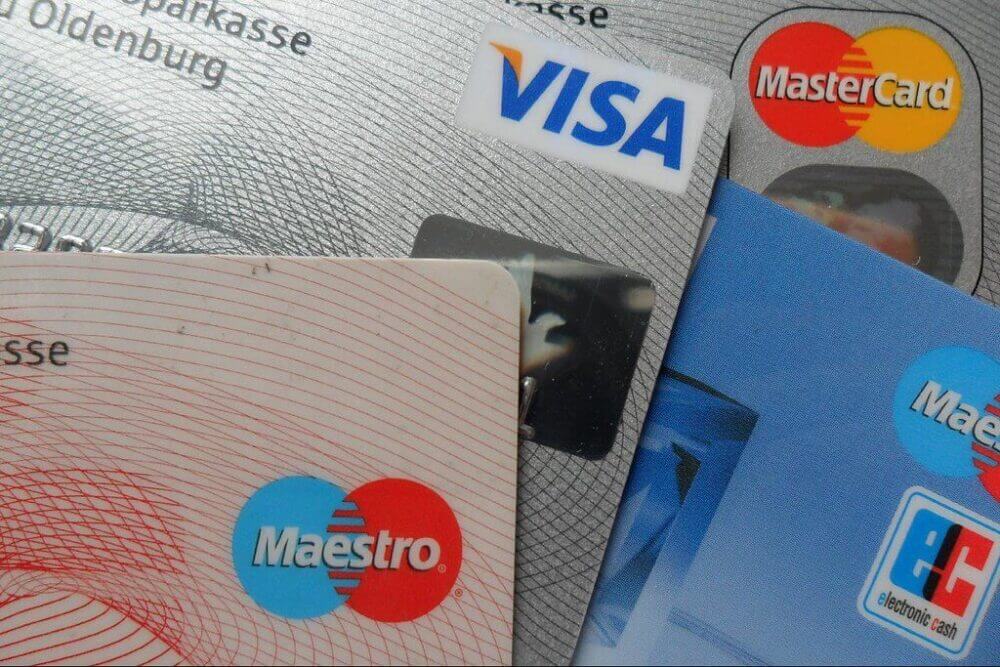
What is a Visa Access Fee or Network Settlement Fee?
There are many assessment fees that this brand has and they can be volume-based, per-transaction, and others. Volume-based ones are the only true assessments. Various others are just changes incurred through the processing of an individual who is purchasing something.
Access fee belongs to per-transaction ones and it’s a settlement or network access fee. Every time you swipe this brand’s cards, that information settles into the bank, and the fee gets activated.
According to the First Data, the leading provider of electronic commerce and payment services to financial institutions, this fee encompasses many different charges by Visa, including chargeback related fees (i.e., reversals, arbitration, compliance filing, and reporting ones), authorization reversals, authorization fees, fraud reporting, settlement data files, and other miscellaneous reporting fees. It comes at rates of $0.0011.
There are Many Types of Visa Assessments
Some types are more significant than others because they will always show up, such as Debit assessments with rates of 0.13% and Credit assessments with 0.14%. They belong to volume-based fees.
You can also expect to pay the Kilobyte Access Fee. It will be charged for every authorization transaction that you submit for settlement to the card network. It’s now known as Visa Base II System File Fee, and the rates are $0.0018.
Another one that will definitely show up is the Fixed Acquirer Network fee which is charged monthly, and it is based on the size of the enterprise. Rates for this fee range from $1.25 to $380,000, so an enterprise with over 4000 locations would have to pay the price near the top end of the range, while a small store would end up paying closer to the bottom of the same range.
There are some that might not show up, such as Visa International Service Fee of 1% that applies to any payment where the business is located in the U.S. and the card is issued outside of the US, and the currency is US dollars.
There’s a fee for the international service of 1.40% for the same conditions as above, but the difference is that the used currency isn’t USD. And there is the possibility of having an International Acquirer Fee of 0.45% that is assessed on all non-US issued transactions acquired by merchants located in the United States. A factor that also affects this fee is whether the cards are present or it’s a card not present transaction.
How to Locate the Assessment Fee on Your Processing Statement?
When receiving the statement, a business owner can see all fees that appear, such as access or any other additional fee. Each and every one of these is really small and almost insignificant when looked at separately, and that is why some processors show them in groups. This is a bad practice because that gives them the space for manipulation – they won’t show you what fees you paid.
Instead, you’ll see groups like interchange, assessments, and processor fees. The good merchant service provider will send you a listing of all charges, so you can see how big they are and on what bases they activated. It may be a long list of small costs, but it’s better to go with an MSP that works transparently. That is one of the ways to be sure that you’ve picked the right merchant processing company.

Let’s Compare Visa’s Assessments with Mastercard’s
The same as Visa, Mastercard makes money by charging assessments on every payment, as well. Both brands charge similar fees, and they both publish their revised pricing twice a year – in spring and autumn. However, there are some differences between them:
- Mastercard will charge 0.13% for all sale transactions less or equal to $1000. That one is called Acquirer Brand Volume Fee.
- For consumer credit and commercial sale transactions greater than or equal to $1000, this brand charges 0.14%.
- If we’re talking about payments made with debit cards that are greater than $1000, the assessment fee will be 0.13%.
- There’s a cross border USD fee that applies to all transactions in which the client’s country differs from the country where the customer plastic was issued, and the payment is settled in USD, and the rate is 0.60%.
- Mastercard’s Location Fee is also obligatory, and it costs $1.25 per month for each location of a store that accepts at least one Mastercard payment during the calendar month with at least $200 of monthly gross Mastercard volume.
- Their Access Fee is charged for each Mastercard sales transaction. This fee encompasses many different charges by Mastercard, including chargeback related ones, the same as Visas, but you will be charged differently. This one comes at a rate of $0.003.
- Mastercard charges NABU – Network Access Brand Usage for $0.0195. It’s assessed on each authorization record from US merchants for US cardholders.
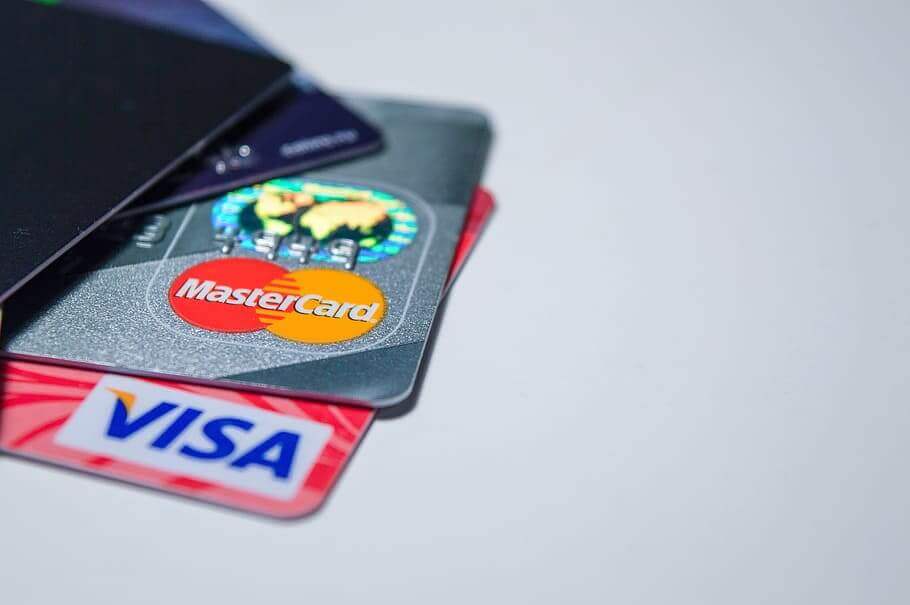
What is the Padding of the Assessments?
Have you heard about padding costs before? The same problem occurs with fees. Padding is a term that is used to explain the cost that appears larger than the actual estimates. This is used by certain processors to cover unexpected costs, and this way, there are a lot more hidden costs that can be charged to the business owner. It is no common practice that the business overpays certain fees because, in that padding, the processor will surcharge certain assessments. Try to find a company that uses interchange-plus pricing, which means that the interchange, dues, and assessments are passed on the merchant, and the fees stay flat. The business owner receives a detailed statement every month, where they can check each customer’s plastic that was used and the breakdown of all fees that applied.

